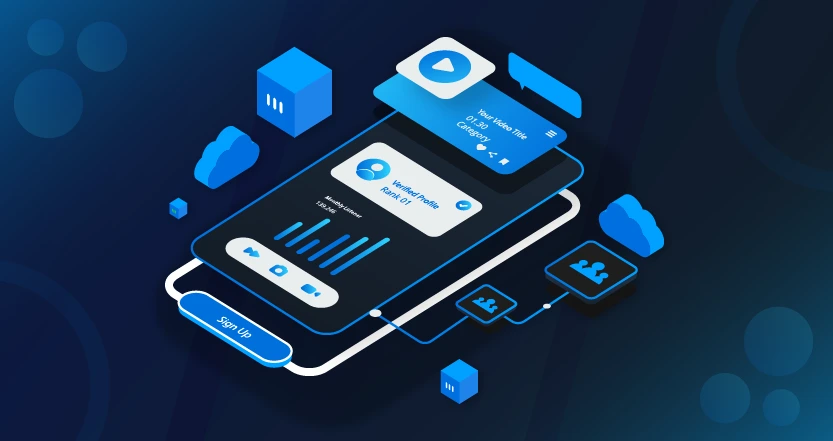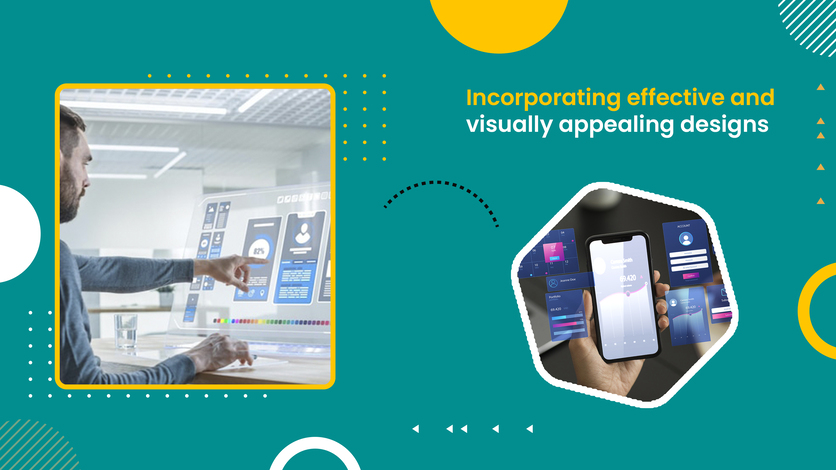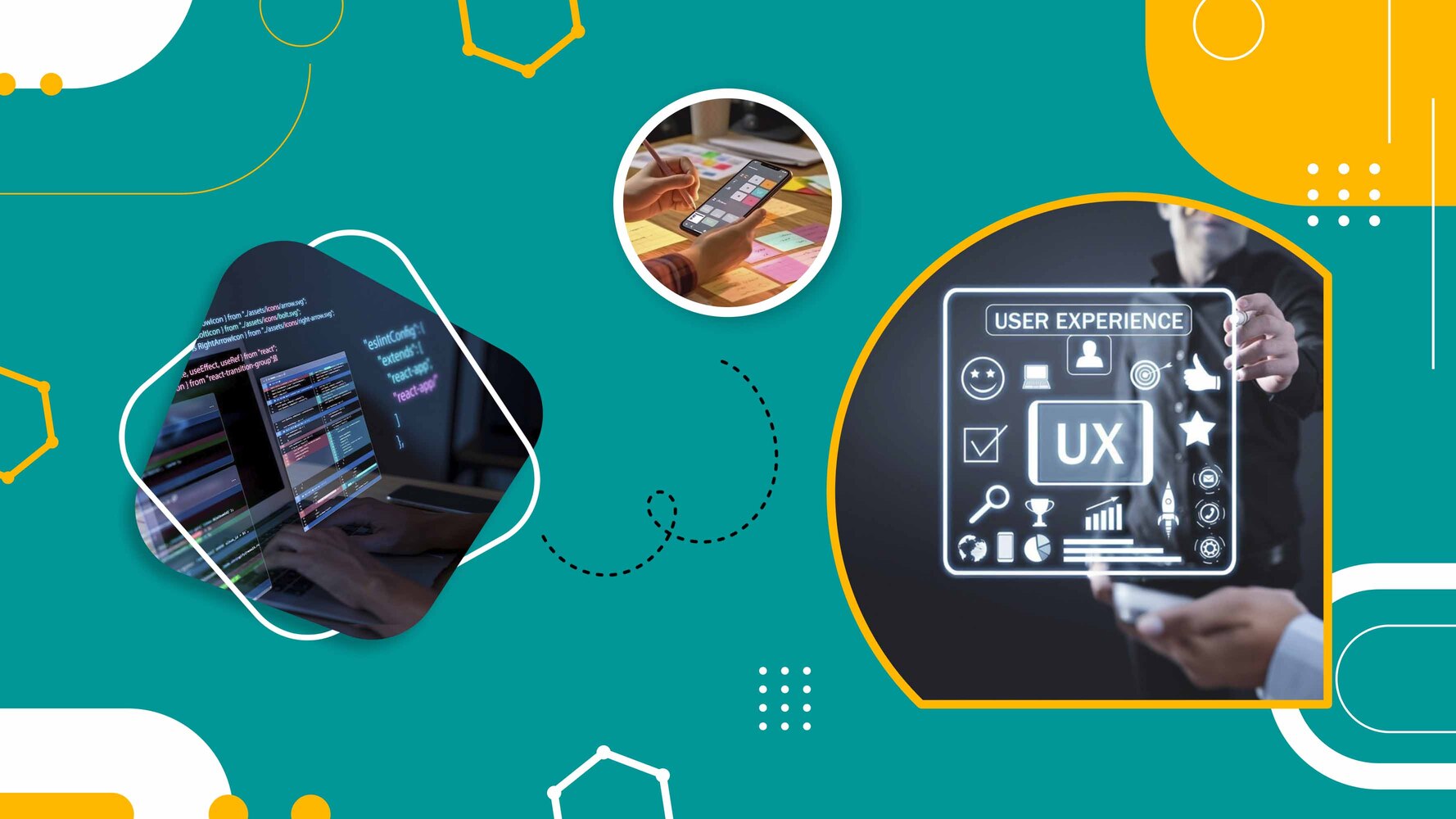The process of developing a mobile app that can be installed on various mobile operating systems and used by users is known as mobile application development. This application allows you to connect to and interact with a remote server.
Beginning a mobile application development project is similar to beginning a project from scratch. A lot of research must be done, user experience prototypes must be made, your product must be tested, and beta testers. However, Appdid has a team of talented developers who can create an Android, iOS, and cross-platform mobile app that is tailored to your needs and accomplishes what it is intended to. Here are five stages from where you can start your mobile application development process.
1. Germinating the Idea
The first stage of mobile app development is the most important. It's where you work out everything from what the app is about and who will use it to what technologies it will be based on and how we will measure success, and create a project roadmap along with tech considerations based on functionality.
The goal is simple: both the business and development teams must be on the same page. This means that you have to have a clear idea of what you want your app to do, but also how it will work in practice. This step can be overwhelming if you don't know where to start or what questions to ask--but don't worry! We're here with some tips for getting started.
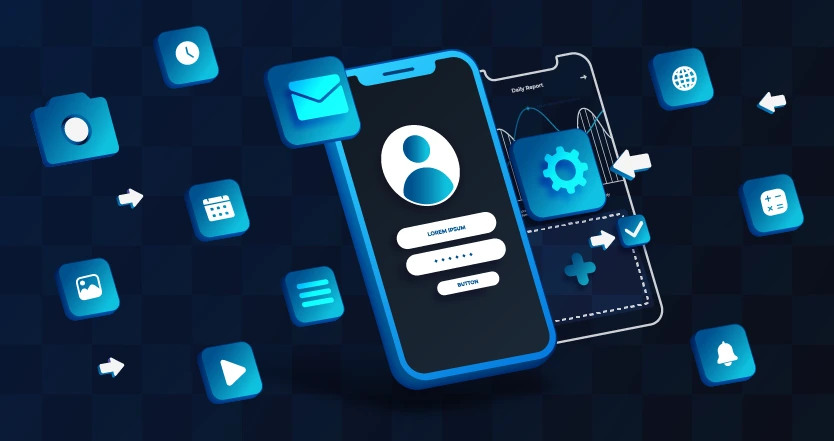
2. Research and understand your audience
You've done your research, you know what you want to build, and now it's time to get started. But before you start coding, there are a few things that need to be on your mind. First off, make sure your research is thorough. You need to have an understanding of who your users are and how they interact with technology. To do this, you'll need to conduct some form of user testing--either through an in-person interview or an online survey. You can also use actual demographic data and behavior patterns from past research on similar apps to help inform your design decisions.
This is where building personas come into play: not only does it give clarity about who will be using your app but also helps set clear expectations for what kind of experience they should expect when using it as well as what kind of content.
3. Create a prototype.
Creating an app architecture is critical at this stage of mobile app development for a better conceptual understanding. This means that we're going to be using wireframes, mockups, and prototypes to build out the basic functionality of the app.
Along with organizing it, we'll also fill in any gaps in the client's information as needed. In addition to creating user flows, happy passes, and edge cases, we will plan the project's organizational structure. This facilitates adaptable planning, progressive development, early deployment, and continuous improvement.
4. Create an MVP (Minimum Viable Product).
The next step in developing a mobile app is to prioritize each feature that the MVP will support. Next, rate the importance of each of the remaining MVP features as high, medium, or low. The following step is extremely important: deciding which of these features should be prioritized in the product backlog.
It's important to keep in mind when developing an MVP that it must be straightforward enough for anyone to use without experiencing any difficulty understanding how it operates. This implies that it shouldn't have any complicated features or functions that users might find confusing when they first use your app on their phones or tablets!
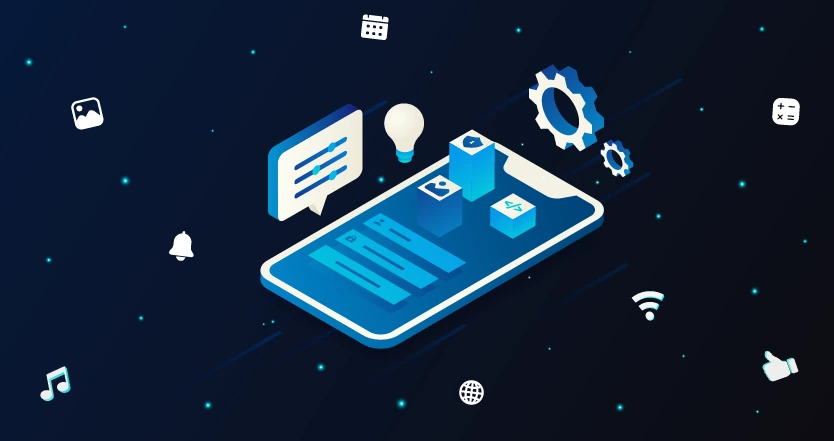
5. Launch Your App
With your app submission to the App Store, you're one step closer to launching your mobile app. Once your app has been reviewed and approved, it will appear in the App Store within a few hours after submission. It will then go through another review process before being made available to users. This process may take several days or even weeks, depending on how closely your app adheres to application development guidelines.
To Wrap It UP
At Appdid, we have expert developers who can help you turn your idea from a concept into a reality by building out all of its features and functionality so that it not only meets all of your specifications but also works well with other apps already on the market.





